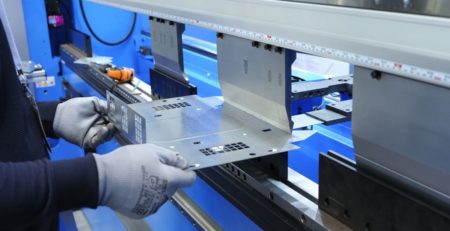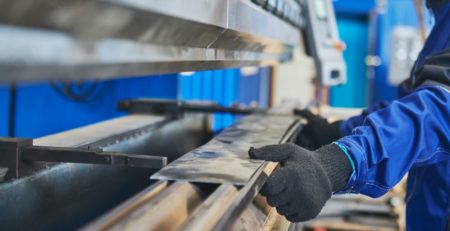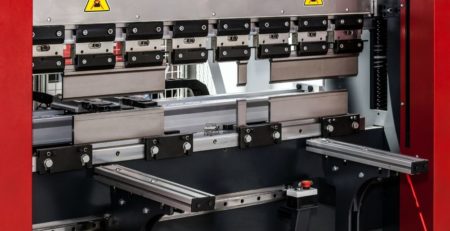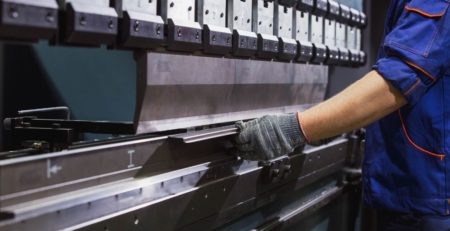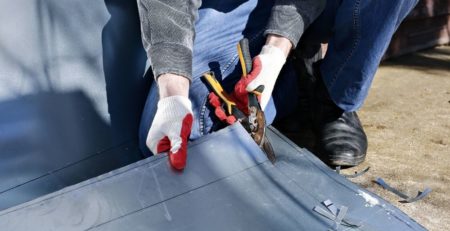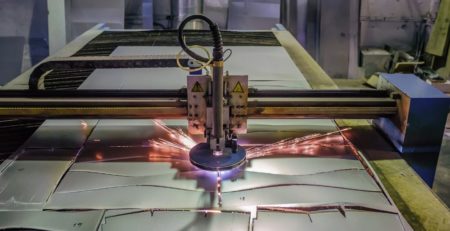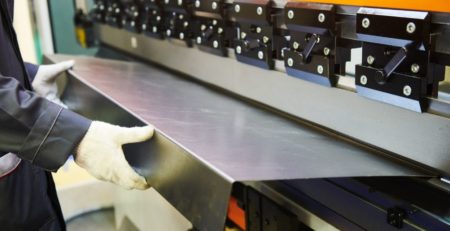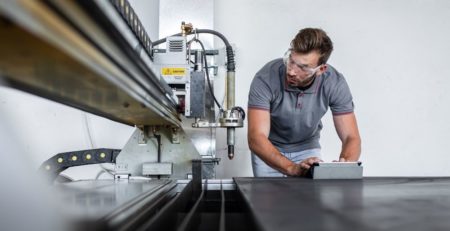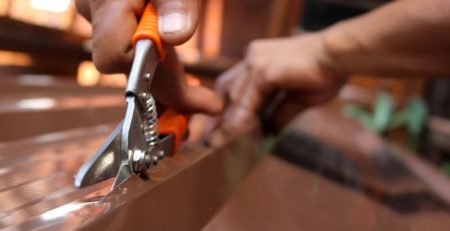Sheet Metal Fabrication 101: What Is Bend Allowance?
Sheet metal fabricators create durable and precise metal parts for various applications, from automotive to construction. It’s essential to understand the effects cutting and bending can have on raw sheet metal. Get started with our handy guide, “Sheet Metal Fabrication 101: What Is Bend Allowance?”
Bend Allowance Explained
Bend allowance is a key concept in sheet metal fabrication that refers to the amount of metal that must be added to the total length of your part before bending to achieve the desired dimensions after bending. This calculation is vital because when metal is bent, the outer side of the bend gets stretched, while the inner side gets compressed. This can lead to inaccuracies in the final product if not accounted for properly. Bend allowance helps fabricators predict how much the sheet will stretch and, thus, ensures that the bent parts fit perfectly as intended in the overall design.
How To Calculate Bend Allowance
The correct bend allowance depends on several factors including the angle of the bend, the radius of the bend, and the thickness of the metal. A common formula used in the industry is the BA (bend allowance) formula, which incorporates these variables to determine the correct length of material needed. The formula varies slightly depending on the specific conditions of the bend, but it generally involves the bend angle (in radians), the radius of the bend, and the K-factor, which is a value that represents the ratio of the neutral axis (the point in the middle of the bend where the amount of stretching and compression are essentially equal) to the thickness of the sheet.
Factors That Affect Bend Allowance
Several factors influence the bend allowance, making it a complex aspect of sheet metal fabrication. The type of metal being bent is significant because each metal has different properties that affect how it stretches and compresses during bending.
Metal thickness also plays a crucial role; thicker metals require larger bend allowances. Additionally, the bend radius and the bend angle directly impact the bend allowance, with tighter bends requiring more sophisticated calculations to achieve accuracy.
Machinery That Bends Metal
Modern sheet metal fabrication relies on advanced machinery that features computerized controls. Software exists that can accurately calculate bend allowances based on different input parameters.
In addition to the type and thickness of the metal that a machine will bend, its length before bending is an important factor in arriving at the correct calculation of bend allowances. The Stefa long metal folding machine is designed to handle precise bends on sheet metal pieces as long as 12 meters. Plugging the dimensions and tolerances of the workpiece and the desired bend angle, radius, and other relevant measurements into bend allowance calculators yields a precisely defined bend radius that will help produce an accurate part.
Sheet metal fabricators understand that knowing what bend allowance is and accurately calculating it for a variety of types and thicknesses of metal ensures that the final products meet the desired specifications and quality standards. Mac-Tech can supply the CNC metal-bending machines you need to produce accurate parts and components that conform to your clients’ needs.



